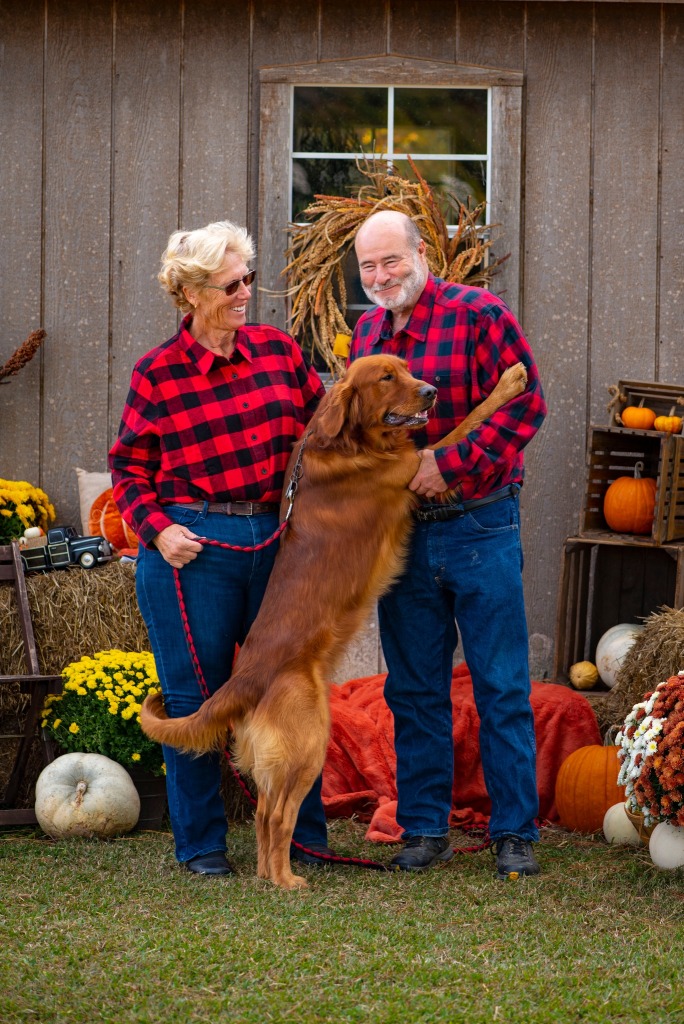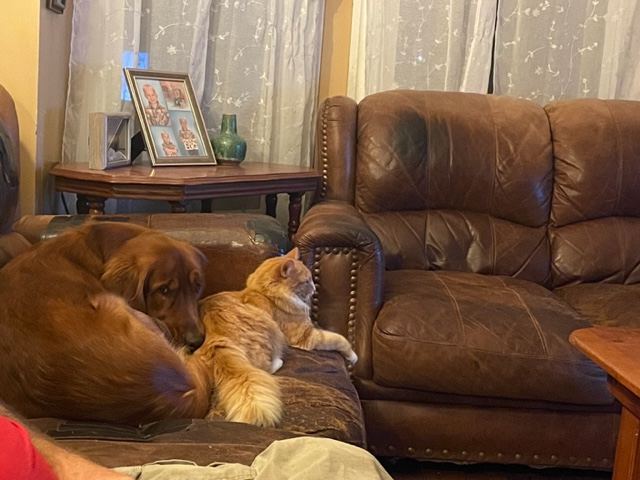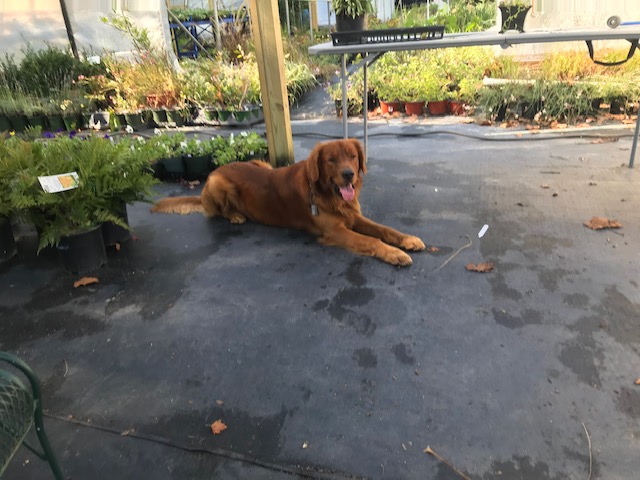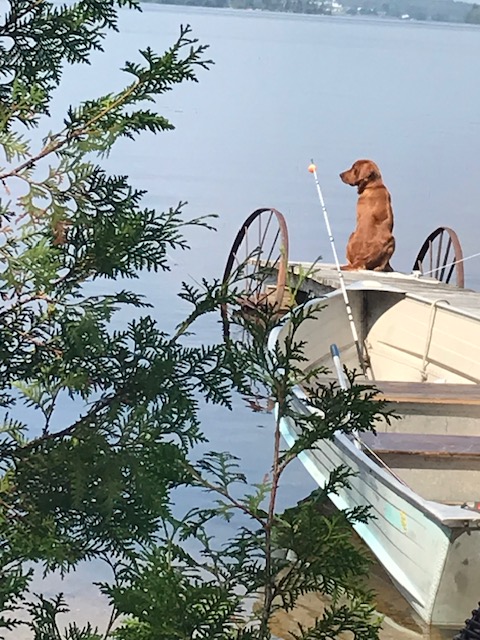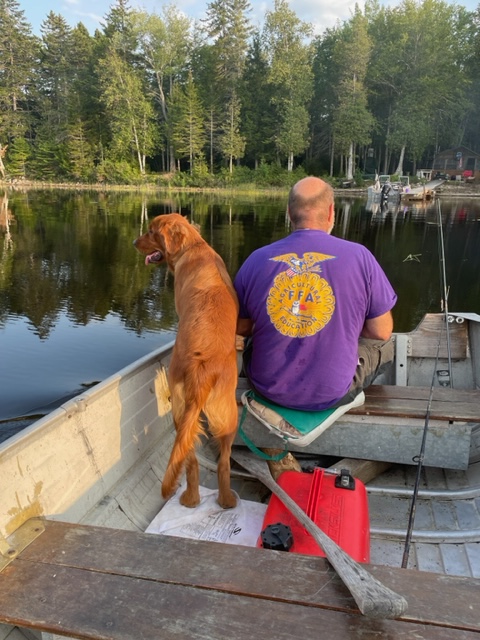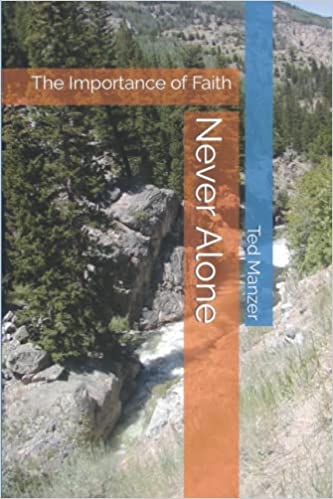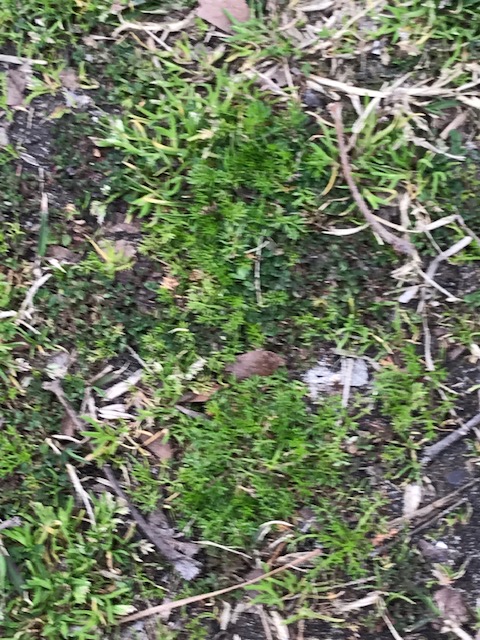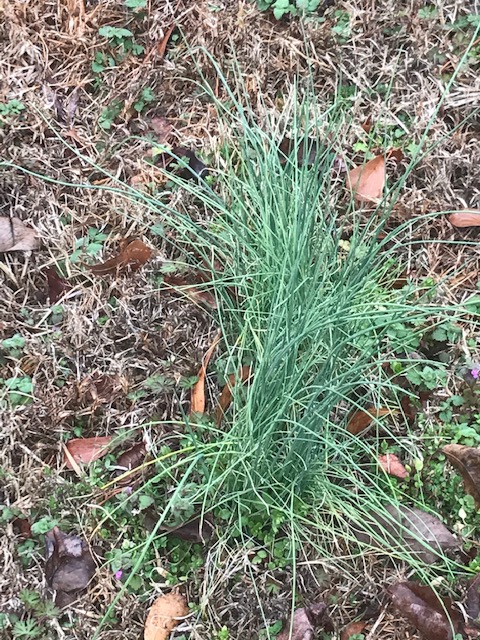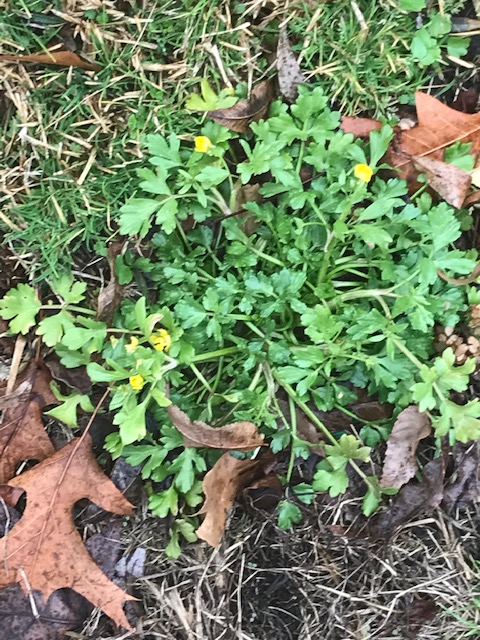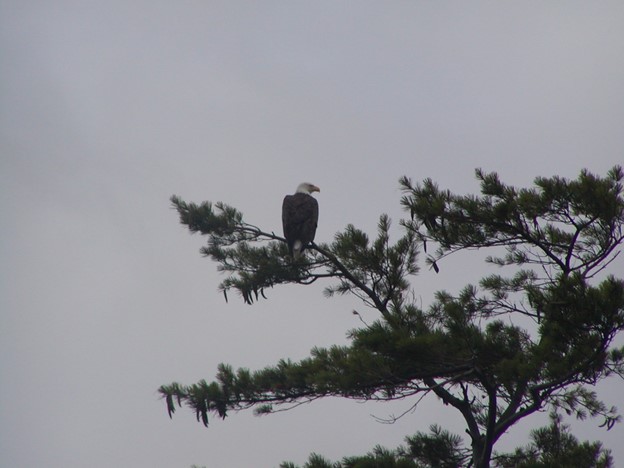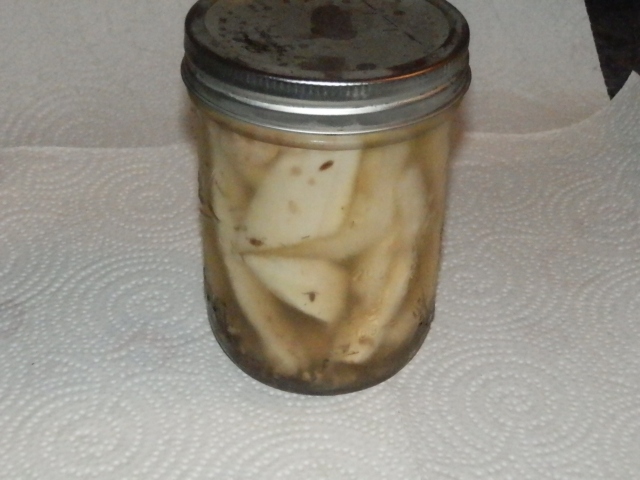This post is meant to simplify plant diseases and their control. I hope I don’t offend any plant pathologist out there. My father was a plant pathologist, and he might have cringed at some of my generalizations, but I’m not writing this for plant pathologists, so here goes.
The three major classifications of plant diseases are those caused by fungi, bacteria, and viruses. Yes, there are other classifications of pathogens, but I’ll not discuss them here. Fungi are usually multicellular, bacteria are single celled, and viruses are not a true living organism at all, as they cannot reproduce without a living host.
We’ll begin with fungus diseases. Some fungus diseases are systemic, which means that the fungal mycelium goes inside the plant. An example of this is silverleaf disease in apples. There is no effective way to treat this disease outbreak other than removing and burning the affected trees.
Most fungus diseases aren’t as difficult to control. Part of the reason involves knowing a little about the disease triangle. Three things are necessary for a disease to occur. The environment must be suitable, there must be a pathogen and the plants must be susceptible to that pathogen. If the environment is not suitable for growth of the fungus, disease will be avoided. Otherwise, treatment will be necessary.
However, if you know that, you can treat early and avoid much of the problem. Should you fail to do this, you often can treat infected plants and solve the problem. Removing infected tissue or treating with a fungicide are treatment options. Apple scab is a fungus disease that can be controlled with regular spraying.
Fungi don’t reproduce as fast as bacteria, which leads us to bacteria. They are single celled primitive microorganisms called prokaryotes. This means that their cells have no nuclei. Under favorable circumstances, they can reproduce at an alarming rate. That’s why plants can look healthy one day and nearly dead the next.
We all have experienced bacterial infections and have taken antibiotics (bactericides). We usually take them two or three times a day for ten days or so. This kind of treatment regimen is impractical for plants. The only effective ways to control bacterial diseases in plants are to remove the infected plant to save the rest or plant cultivars resistant to the disease.
A common bacterial disease you might see in a garden is bacterial wilt, which infects cucurbits and tomatoes. Removing insect vectors like cucumber beetles can lessen the problem. So can improving air circulation and not overwatering.
Fire blight in pears has made it virtually impossible to grow bartlett pears in our climate. Citrus greening disease and citrus canker have crippled the Florida citrus industry in recent years.
Viruses are perhaps the most difficult pathogen type to control. Viruses attach themselves to the cell of a host and reprogram that cell to produce more viruses. These tiny pathogens are nothing more than a piece of DNA or RNA covered with a protein coat. There is basically no chemical control for them. Removing infected plants is about the only thing you can do once plants become infected.
Probably the most effective way for plants to avoid being damaged is to reduce the stress on them. Proper nutrition and water management are important but investing in resistant varieties is the most effective way to avoid losses.
I’m only scratching the surface here. Plant pathology is a complicated science, and I have made some sweeping generalizations. Not only did I not even mention all the pathogen types, but I also didn’t even discuss abiotic factors like mineral deficiencies, which are very common.

